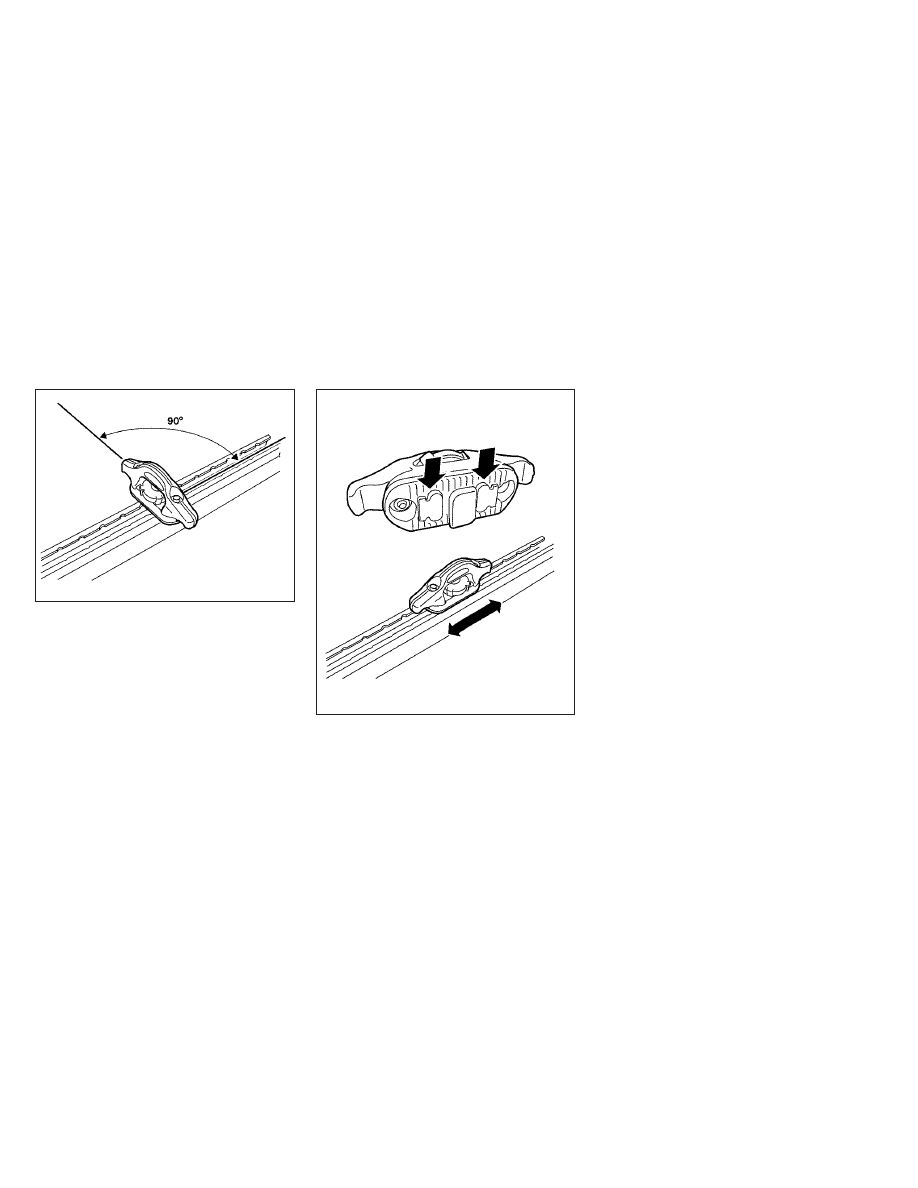Nissan Frontier (2022 year). Manual in english - page 32

3. Insert the cleat into the channel perpen-
dicular to the channel as shown. Then
rotate the cleat clockwise 90° and slide it
to the desired location.
4. Position the cleat so the nubs on the
bottom fully seat into the channel
detents.
LTI0103
LTI0104
Technical and consumer information
10-21